Alder Buckthorn (Frangula alnus), also known as Glossy Buckthorn, is a woody, deciduous shrub belonging to the family Rhamnaceae. Native to regions spanning Europe, Central Siberia, Northwest China, and North Africa, this plant thrives in wet soils commonly found in open woodlands and bogs. Historically, Alder Buckthorn has been utilized in the production of gunpowder due to its specific properties. While its natural range is vast, it has gained a reputation as an invasive species in the United States, where it poses challenges to local ecosystems.
| Common name | Alder Buckthorn, Glossy Buckthorn |
| Botanical name | Frangula alnus |
| Family | Rhamnaceae |
| Species | alnus |
| Origin | Europe to Central Siberia and North West China and North Africa |
| Life cycle | Woody |
| Plant type | Houseplant |
| Hardiness zone | 2, 3, 4, 5, 6, 7 |
| Sunlight | Full Sun |
| Maintenance | Low |
| Soil condition | Clay |
| Soil ph | Acid |
| Drainage | Well-Drained |
| Growth rate | Slow |
| Spacing | 3 ft. – 6 ft. |
| Harvest time | Fall |
| Flowering period | Spring |
| Height | 1- 16 ft. |
| Flower color | Black |
| Leaf color | Green |
| Fruit color | Lavender, Purple |
| Stem color | Brown, Copper |
| Fruit type | Drupe |
| Fruit benefit | Showy |
| Uses | Lawn |
| Toxicity | Poisonous |
I. Appearance and Characteristics
Frangula alnus, commonly known as alder buckthorn, glossy buckthorn, or breaking buckthorn, is a tall deciduous shrub in the family Rhamnaceae. Unlike other “buckthorns”, alder buckthorns does not have thorns. It is native to Europe, northernmost Africa, and western Asia, from Ireland and Great Britain north to the 68th parallel in Scandinavia, east to central Siberia and Xinjiang in western China, and south to northern Morocco, Turkey, and the Alborz in Iran and the Caucasus Mountains; in the northwest of its range (Ireland, Scotland), it is rare and scattered. It is also introduced and naturalised in eastern North America.
Alder buckthorn is a non-spiny deciduous shrub, growing to 3–6 m (10–20 ft), occasionally to 7 m (23 ft) tall. It is usually multistemmed but rarely forms a small tree with a trunk diameter of up to 20 cm (8 in). The bark is dark blackish-brown, with bright lemon-yellow inner bark exposed if cut. The shoots are dark brown, the winter buds without bud scales, protected only by the densely hairy outer leaves.
The leaves are arranged alternately on 8–15-millimetre (5⁄16–19⁄32-inch) petioles. They are ovate, 3–7 cm (1+1⁄4–2+3⁄4 in) long by 2.5–4 cm (1–1+5⁄8 in) wide (rarely to 11 cm or 4+1⁄4 in by 6 cm or 2+1⁄4 in). They have 6–10 pairs of prominently grooved and slightly downy veins and an entire margin.

The flowers are small, 3–5 mm (1⁄8–3⁄16 inch) in diameter, star-shaped with five greenish-white acute triangular petals, hermaphroditic, and insect-pollinated, flowering in May to June in clusters of two to ten in the leaf axils.
The fruit is a small black berry 6–10 mm (1⁄4–13⁄32 inch) in diameter, ripening from green through red in late summer to dark purple or black in early autumn, containing two or three pale brown 5-millimetre (3⁄16-inch) seeds. The seeds are primarily dispersed by frugivorous birds, which readily eat the fruit.
Alder buckthorn grows in wet soils in open woods, scrub, hedgerows and bogs, thriving well in sunlight and moderate shade, but less vigorously in dense shade; it prefers acidic soils though will also grow on neutral soils.
Frangula alnus is one of just two food plants (the other being Rhamnus cathartica) used by the common brimstone butterfly (Gonepteryx rhamni). The flowers are valuable for bees, and the fruit an important food source for birds, particularly thrushes.
The alder buckthorn has ornamental berries that should be avoided by adults and kept out of the reach of children. These berries contain toxic glycosides that cause stomach upset, nausea, drooling, vomiting, gas, cramps, and diarrhea. Small children or those who eat a lot will have worse symptoms. Normally these symptoms will resolve after a few days.
II. How to Grow and Care
Sunlight

Alder buckthorn thrives best in conditions where it receives full sun exposure, which enables it to grow vigorously and maintain optimal health. Despite this preference, alder buckthorn exhibits a notable tolerance for partial sun, adapting to environments with less intense sunlight.
While substantial light is ideal for vigorous growth and berry production, alder buckthorn’s adaptability allows it to survive and stay healthy even with reduced light. Under lower light levels, alder buckthorn may experience slower growth and reduced fruiting. When planted outdoors, alder buckthorn should be situated in locations where it can bask in ample sunlight, though being versatile, it also fares well in dappled or partially shaded areas.
Watering
Originating from wetlands and riverbanks, alder buckthorn thrives in moist environments, exhibiting a high tolerance for humidity while maintaining drought resilience. This species is accustomed to consistent moisture and should be watered once every 1-2 weeks to mimic its natural habitat’s conditions. As an outdoor plant often found in temperate regions, alder buckthorn benefits from rainwater which helps maintain the soil’s optimal moisture level for healthy growth.
Fertilizing

To foster robust growth in alder buckthorn, a balanced, slow-release fertilizer is ideal in early spring. Monthly applications of high nitrogen formula support lush foliage; however, over-fertilization risks growth at expense of fruiting. A lighter hand is advised as autumn approaches, allowing alder buckthorn to harden off for winter. Always water thoroughly post-fertilization to prevent root burn and ensure nutrient uptake. Novices should start with half-strength recommendations, increasing as they gain familiarity with alder buckthorn’s response.
Propagation
Alder buckthorn can be effectively propagated through cutting and layering methods during the cooler months of autumn and winter. Its moderate propagation difficulty is marked by noticeable new growth. Key propagation-related tips are offered as needed.
Transplanting
The best time to transplant alder buckthorn is during late winter to early spring (S3-S5) when it’s dormant – this helps reduce transplant shock. The location should enjoy full to partial sun and moist, well-drained soil. Transplanting alder buckthorn is pretty straightforward, but always handled with care to preserve the delicate root system.
Repotting

For alder buckthorn, a medium-sized, non-climbing shrub, repotting every 2-3 years aligns with its moderate growth rate. Early spring is the ideal time, just before the active growth phase starts. Employ a large container to accommodate root expansion and support its upright structure. After repotting, ensure alder buckthorn has moist, well-drained soil and partial sun, tailoring care to mimic its natural woodland habitat for optimal recovery.
III. Uses and Benefits
- Ornamental uses
Large alder buckthorn shrubs make wonderful centerpieces in open gardens, while smaller variations work well as border shrubs. Their glossy leaves provide ornamental value for most of the year, with extra ornamental flowers in spring and berries in fall. Birds and bees visit this shrub throughout the seasons, making it a good addition to wildlife gardens.
- Medicinal uses
Galen, a Greek physician of the 2nd century A.D., knew of alder buckthorn, although he did not distinguish clearly in his writings between it and other closely related species. All of these plants, though, were credited with the power to protect against witchcraft, demons, poisons, and headaches.

The bark (and to a lesser extent the fruit) has been used as a laxative, due to its 3–7% anthraquinone content. Bark for medicinal use is dried and stored for a year before use, as fresh bark is violently purgative; even dried bark can be dangerous if taken in excess.
- Other uses
Alder buckthorn charcoal is prized in the manufacture of gunpowder, being regarded as the best wood for the purpose. It is particularly highly valued for time fuses because of its very even burn rate. The wood was formerly used for shoe lasts, nails, and veneer. The bark yields a yellow dye, and the unripe berries furnish a green dye.
Find Where to Buy the Best Alder buckthorn (Frangula alnus)


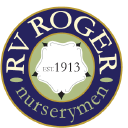







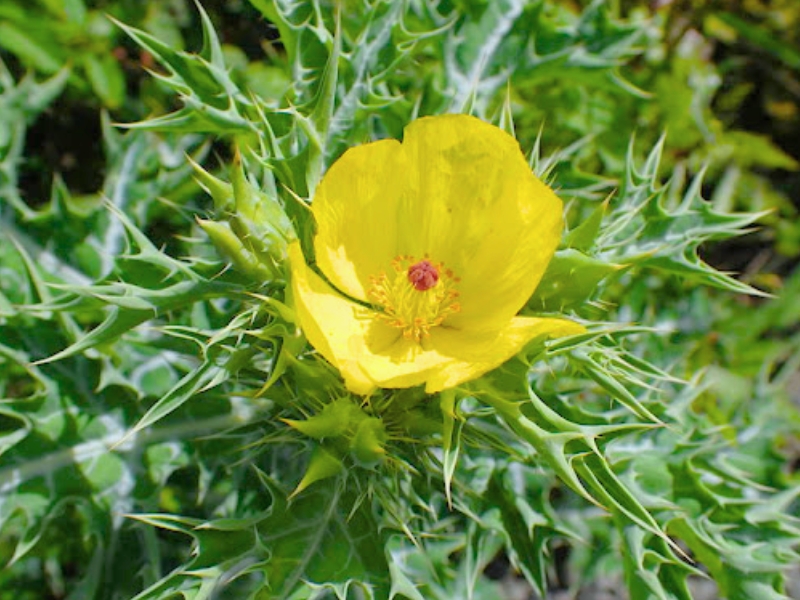
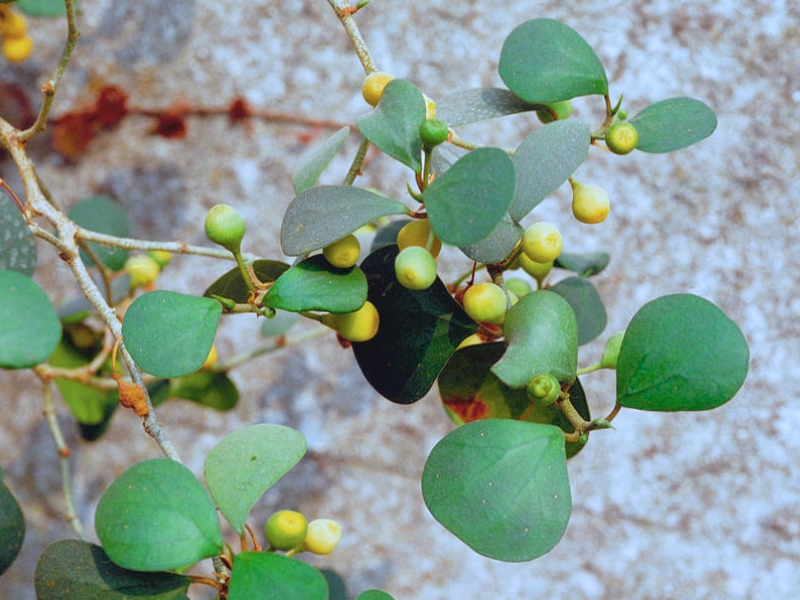
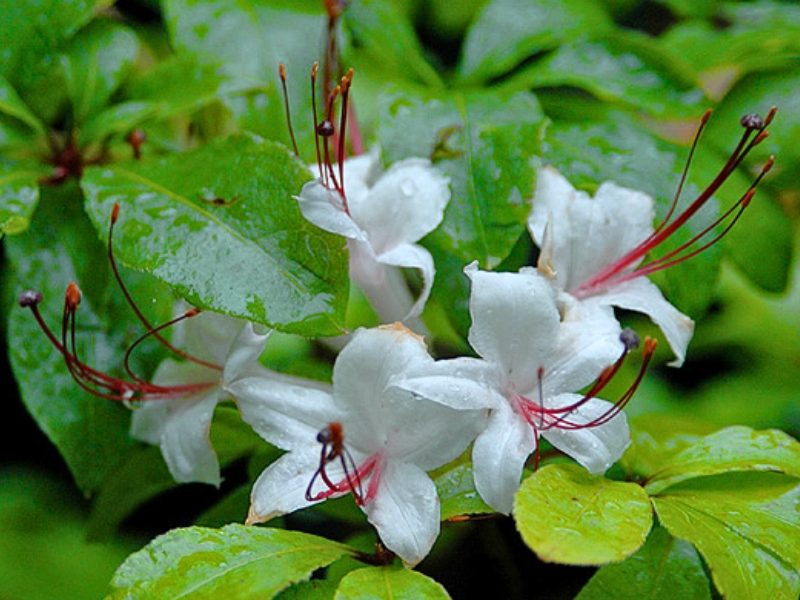
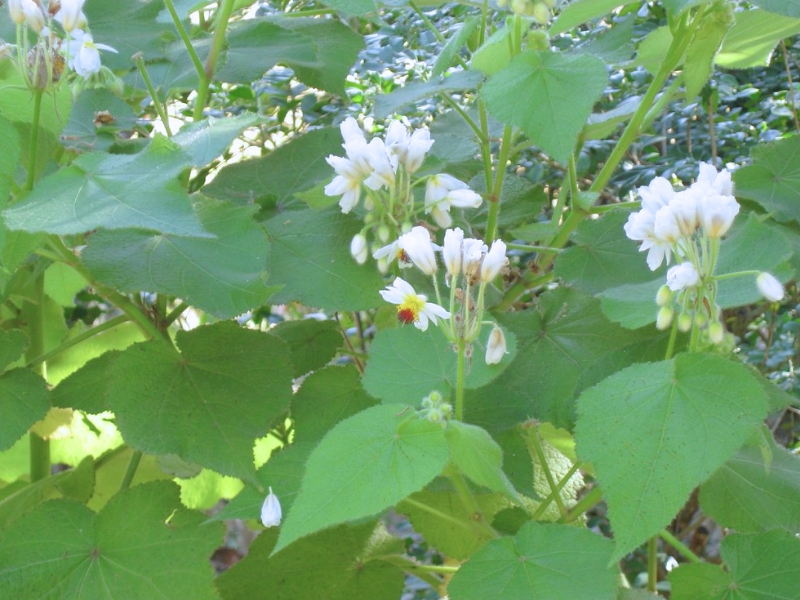
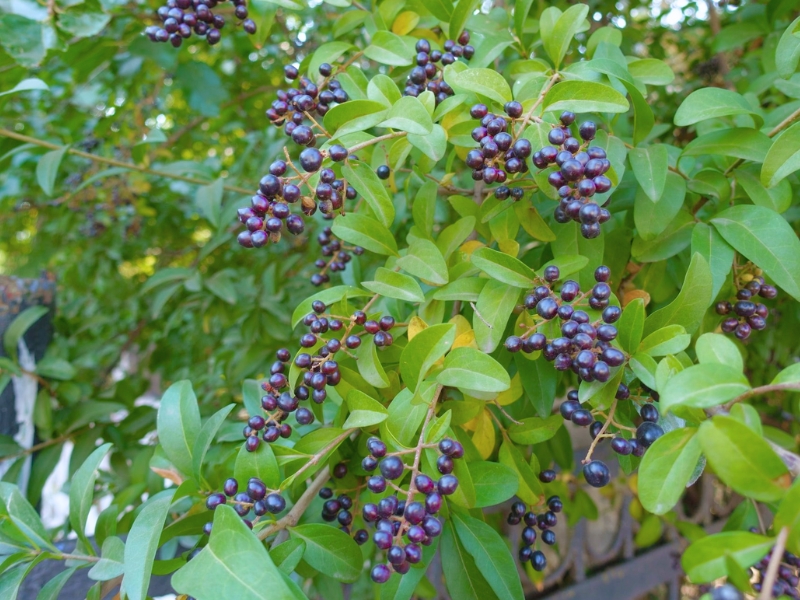
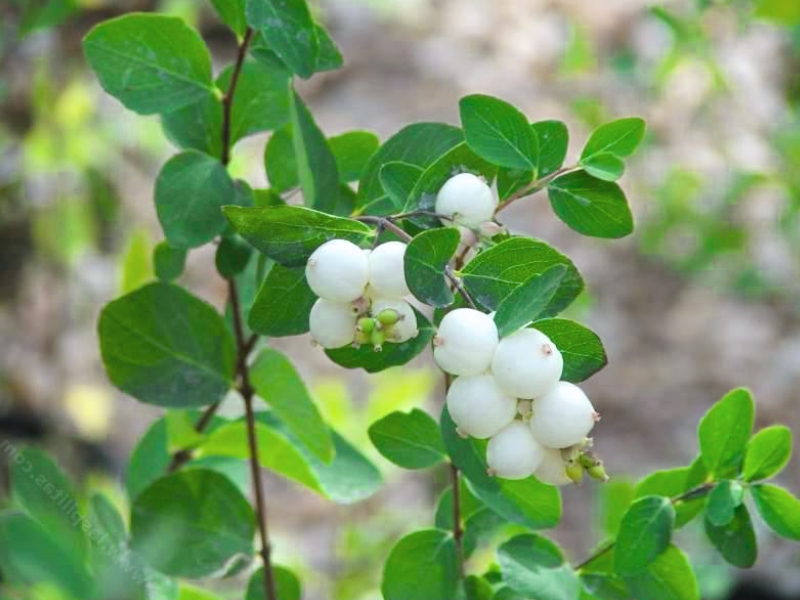
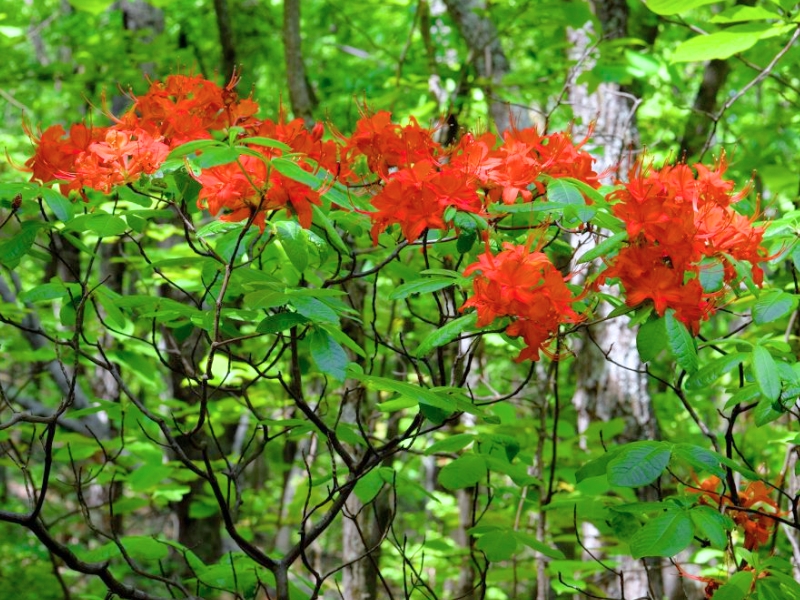
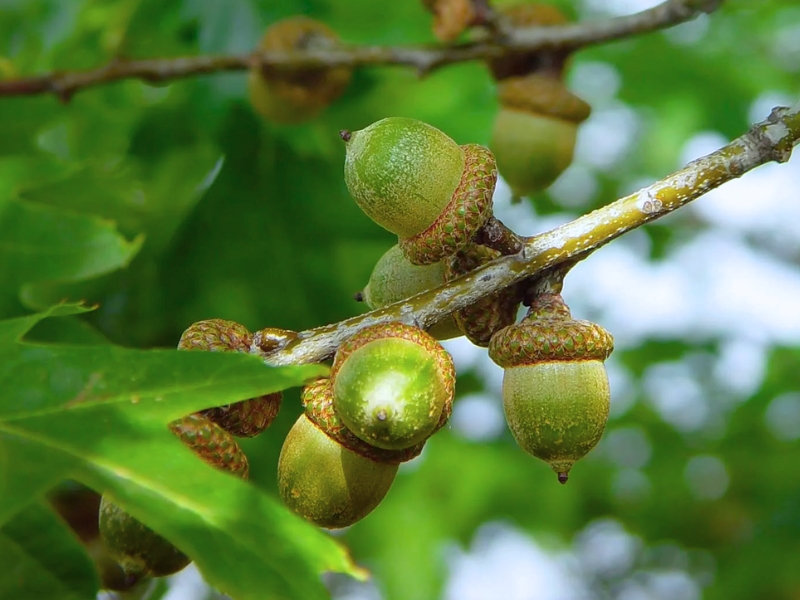
Leave a Reply